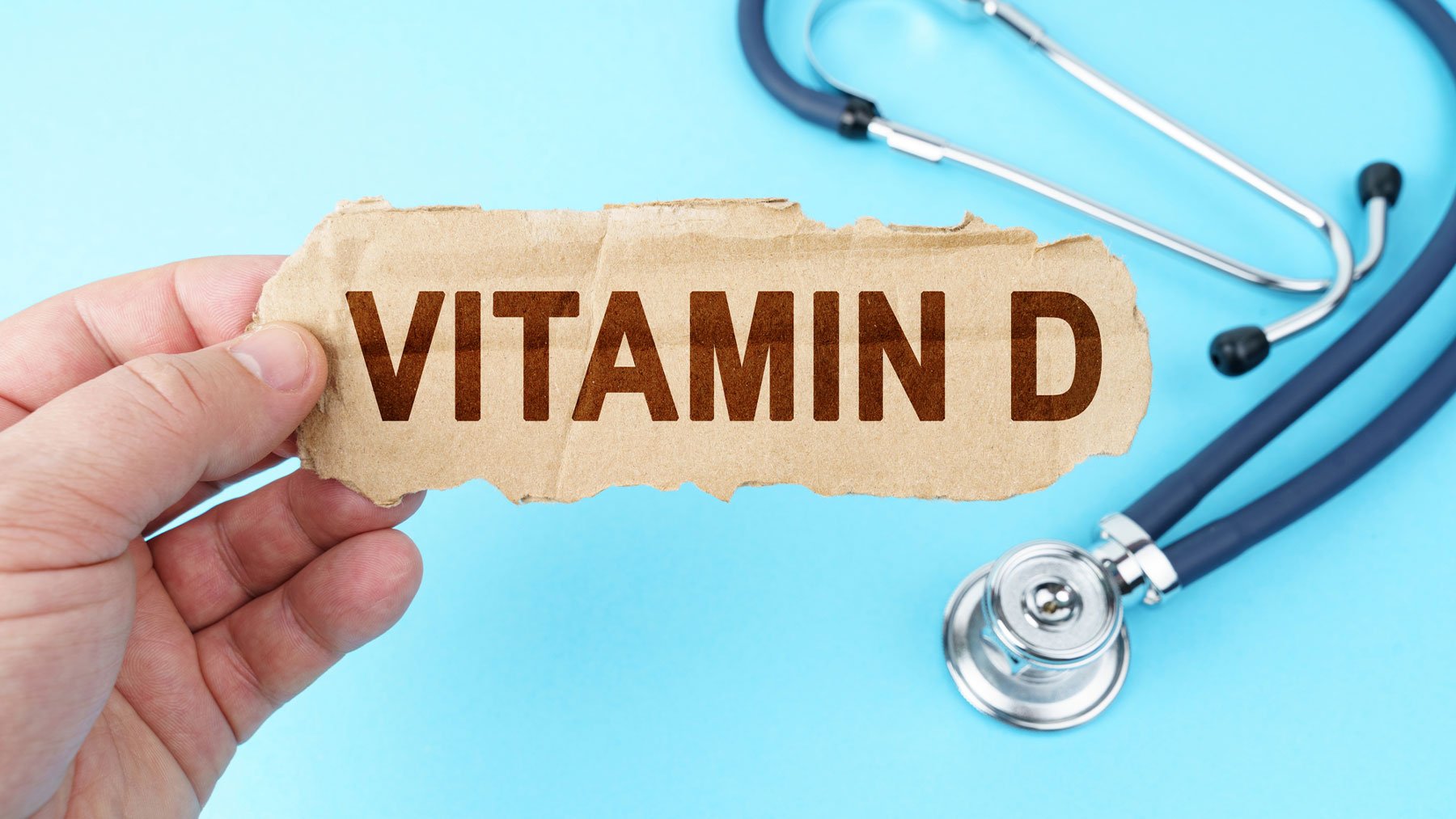What to do if we have vitamin D deficiency even in summer?

Various studies show that vitamin D deficiency in sunny climates can be underestimated.
Spain has a greater vitamin D deficiency than some central European countries, experts warn
There is a widespread idea that summer months Vitamin D synthesis is sufficient to maintain the levels needed for our health. However, numerous studies and experts warn that other factors can affect this process and leave us below this threshold.
It is true that Synthesis carried out by the skin when we receive natural light is the main source of vitamin D (80% to 90%).. The rest comes from food. However, there are factors that affect our levels and continue to be present in the months when we spend more time outdoors: latitude, time zone, exposed body surface, use of sunscreen (which is necessary to avoid skin damage and reduce the risk of cancer), skin type (with greater pigmentation, vitamin D synthesis decreases), age (our ability to synthesize the vitamin decreases with age), pollution (which reduces its levels) are some of them. On the other hand, daily vitamin D intake in the population is usually insufficient.
What’s happening in Spain?
These circumstances may help to explain that despite our climateVitamin D levels in Spain are similar to (and sometimes lower than) those in Central Europe and even Scandinavia. A study published in the scientific journal Endocrinology and Nutrition found that Vitamin D levels below recommended thresholds among every third medical student at the University of Las Palmas de Gran Canaria.
The authors themselves wrote: “Theoretically, vitamin D deficiency should not occur in medical students at the University of Las Palmas de Gran Canaria, since they have all the means to avoid it.”
Safe from the sun
Sunscreens have become a controversial topic. The Spanish Society for Bone and Mineral Metabolism Research (SEIOMM) recommends for the Caucasian population Daily sun exposure for 15 minutes on the face and hands from March to October.with sun protection ranging from 15 to 30 depending on the intensity of the radiation. For the elderly and people suffering from osteoporosis, half an hour is recommended.
According to Asin Yodar, head of the Endocrinology and Nutrition Service at the Quironsalud University Hospital of Madrid and professor of endocrinology at the European University of Madrid, “there are many factors that interfere with the cutaneous synthesis of this vitamin, so “The arrival of the sunniest months of the year does not guarantee that synthesis will be optimal.”
This expert is characterized by “therapeutic leave” for people taking vitamin D supplementsand this is something that doctors tend to suggest more than patients. In his opinion, “this is not recommended because stopping treatment results in a drop in previous levels, which may interfere with the beneficial effects on the endocrine system at both the skeletal and extraskeletal level.”
People at greatest risk for osteoporosis are: “A drop in vitamin D levels is the most common preventable cause of osteoporosis treatment failure.“It’s likely that other groups or other specialties, such as neurology, are in a similar situation.” With this last consideration, he was referring to the link between vitamin D levels and the risk of multiple sclerosis.